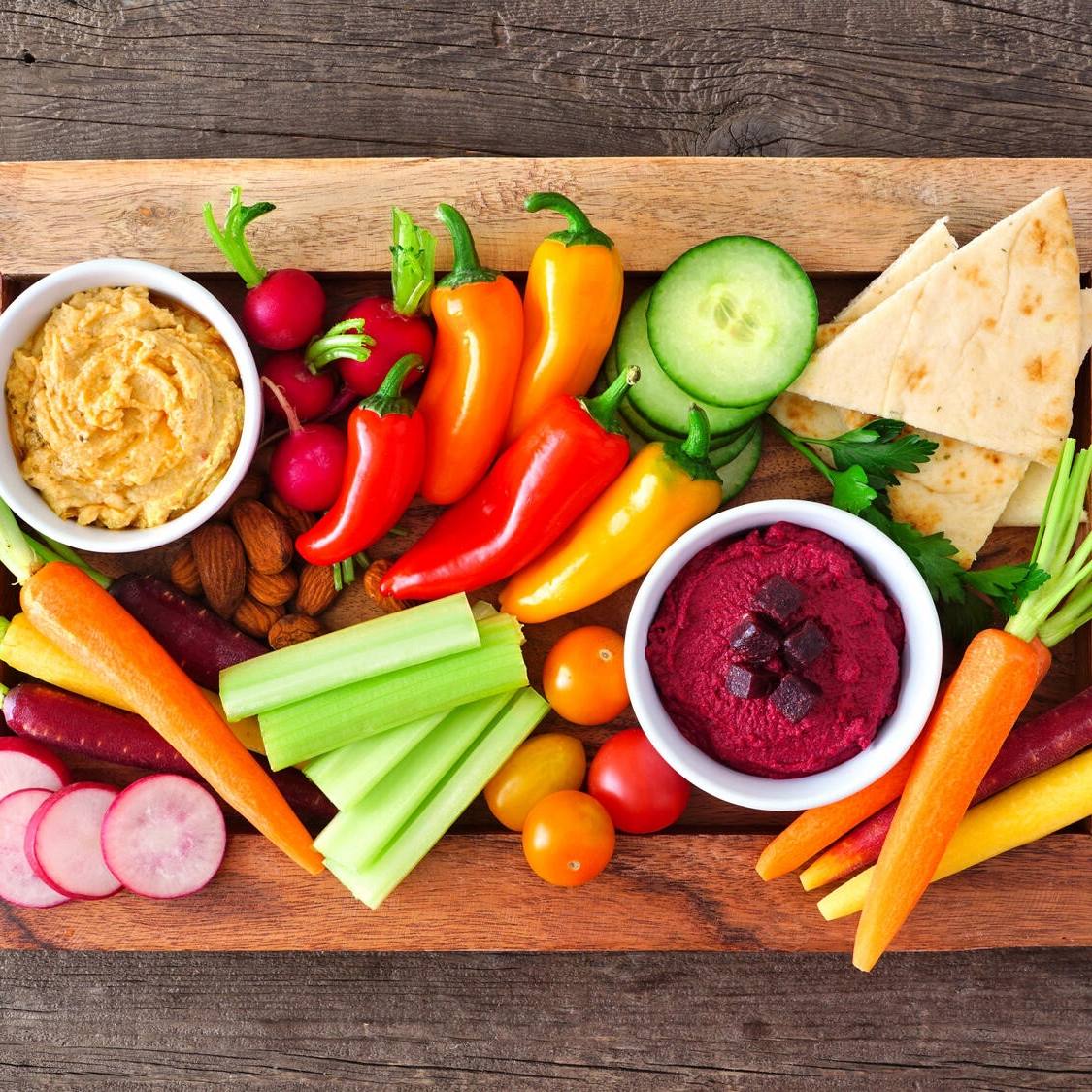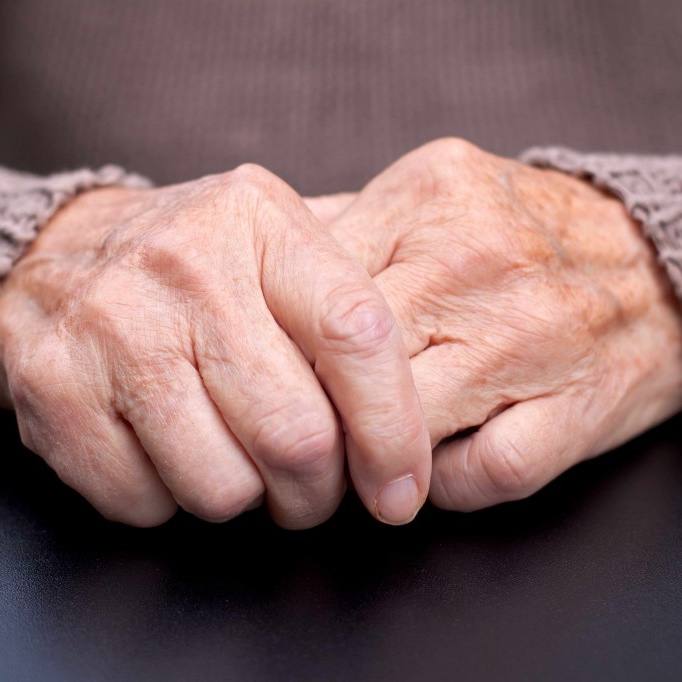-
Mayo Clinic Minute
Mayo Clinic Minute: What you can eat to help avoid getting kidney stones
It's estimated that 1 in 10 people will get a kidney stone in his or her lifetime. Kidney stones are not only painful, but also they can lead to serious complications that may require hospitalization and even surgery. The good news is kidney stones are preventable, and prevention can be as simple as eating the right foods.
In this Mayo Clinic Minute, Dr. Ivan Porter II, a Mayo Clinic nephrologist, explains how to take a dietary approach to prevent kidney stones.
Watch: The Mayo Clinic Minute.
Journalists: Broadcast-quality video (1:02) is in the downloads at the end of this post. Please courtesy: "Mayo Clinic News Network." Read the script
"The most important thing to think about with kidney stones is prevention," says Dr. Porter.
A solid prevention plan includes thinking about the types of food you're eating. Dr. Porter says fruits and vegetables with high water content, like cucumber, tomato and watermelon, also have natural citrate.
"These things are natural stone inhibitors and can be a part of a stone prevention plan to help prevent further kidney stone formation," says Dr. Porter.
It's just as important to think about what you shouldn't eat.
"We know that animal sources of protein are simply associated with a higher risk of stones. One way to avoid more stone production is maybe to limit your meat intake to some smaller amount," says Dr. Porter.
Certain foods, such as spinach and rhubarb that have high oxalate levels, also should be restricted.
"A lot of leafy greens that actually are good for you may have that negative impact on stones. And one way to combat that is by having some dietary calcium with those meals. So cheese on top of that spinach might be a good idea," says Dr. Porter.
Related posts:
- "Mayo Clinic Minute: Summer increases risk of kidney stones"
- "Mayo Clinic Q and A: Preventing kidney stones"
________________________________________
For the safety of its patients, staff and visitors, Mayo Clinic has strict masking policies in place. Anyone shown without a mask was either recorded prior to COVID-19 or recorded in a nonpatient care area where social distancing and other safety protocols were followed.
Related Articles







